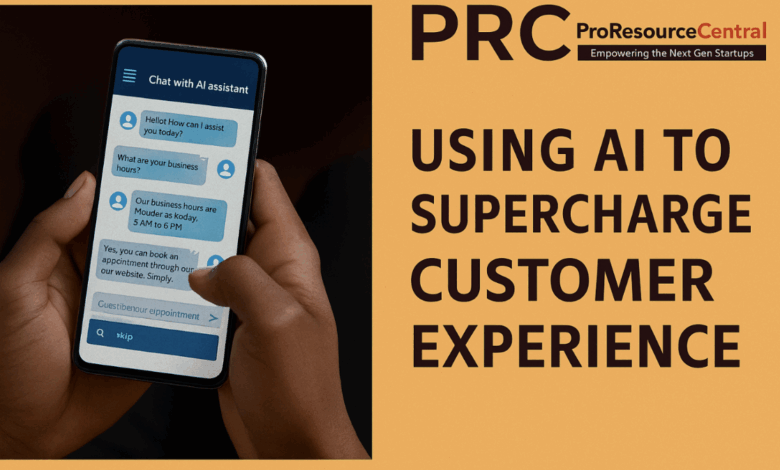
In today’s fast-paced digital environment, customer experience isn’t just a buzzword; it’s the backbone of brand loyalty. Yet, as expectations grow, so does the pressure on teams to deliver seamless, personalized, and timely interactions at scale. This is where artificial intelligence (AI) has stepped in, not as a flashy trend, but as a practical tool quietly transforming how we connect with customers.
In my role managing marketing and communications for a financial institution deeply committed to community impact, I’ve seen firsthand how integrating AI can shift the customer experience from reactive to proactive. We adopted an AI-powered CRM tool (Zoho CRM) not to chase trends, but to solve real pain points: scattered inquiries, slow responses, and lost leads.
The transformation was almost immediate.
From Manual Chaos to Intelligent Flow
Before the advent of AI, our lead management process was manual and fragmented. Social media messages would sit unanswered, email queries would take hours to route, and internal follow-ups would often be delayed. By integrating AI-driven automation, we created a streamlined communication flow that made every touchpoint count.
For instance, using the CRM’s built-in AI capabilities, we set up innovative response templates that addressed the most frequently asked questions, from product inquiries to service hours within seconds. This didn’t just lighten the load on our team; it significantly reduced response times and improved member satisfaction.
More importantly, leads were no longer treated as generic. The AI engine helped us tag and route inquiries based on interest, location, and past interactions. This meant that someone interested in a specific loan solution wasn’t sent information about how to join the institution. Each lead received relevant, timely, and contextual content, and that’s what builds trust.
Data That Talks, And Learns
Another breakthrough was in analytics. Previously, tracking engagement felt like guesswork. Now, the CRM’s dashboards give us a clear picture of which touchpoints are working, what kind of content drives interest, and where people drop off. This insight allowed us to pivot quickly, tweaking landing pages, realigning content strategies, and allocating resources where they had the most impact.
It also helped us anticipate the needs of our members. If we noticed a spike in questions around a specific service, we created targeted email flows, social media posts, and even short videos, all backed by the behavioral data AI helped us uncover.
Not Just Efficiency, Empathy at Scale
Some people hear the word “automation” and think of cold, robotic exchanges. But what I’ve witnessed is the opposite. AI has allowed our team to spend less time chasing repetitive tasks and more time focusing on high-value conversations. We’re no longer bogged down by logistics. We’re strategizing on how to serve our audience better.
It’s also allowed us to maintain a human touch in our communication, even at scale. We utilized AI to tailor the tone and language to each audience type. A young, first-time customer received a warm, relatable tone, while a corporate inquiry was responded to with a polished, formal reply. Consistency met personalization.
Lessons for Leaders
If I had one piece of advice for other communications and marketing professionals, it would be this: Don’t adopt AI because it’s trending. Adopt it because it helps you listen better, respond faster, and serve more authentically.
We didn’t throw out our processes overnight. We started small, automating lead scoring and follow-up emails. Then came social media listening tools and chatbot integrations. Each step was grounded in a simple question: “Will this make the member’s experience smoother, clearer, or more helpful?”
Looking Ahead
As we refine our use of AI, the goal isn’t full automation. It’s balance. Technology supports our team. It doesn’t replace it. And in a world where people crave genuine connections, that human-first approach, backed by intelligent tools, is what will define the next frontier of customer experience.





